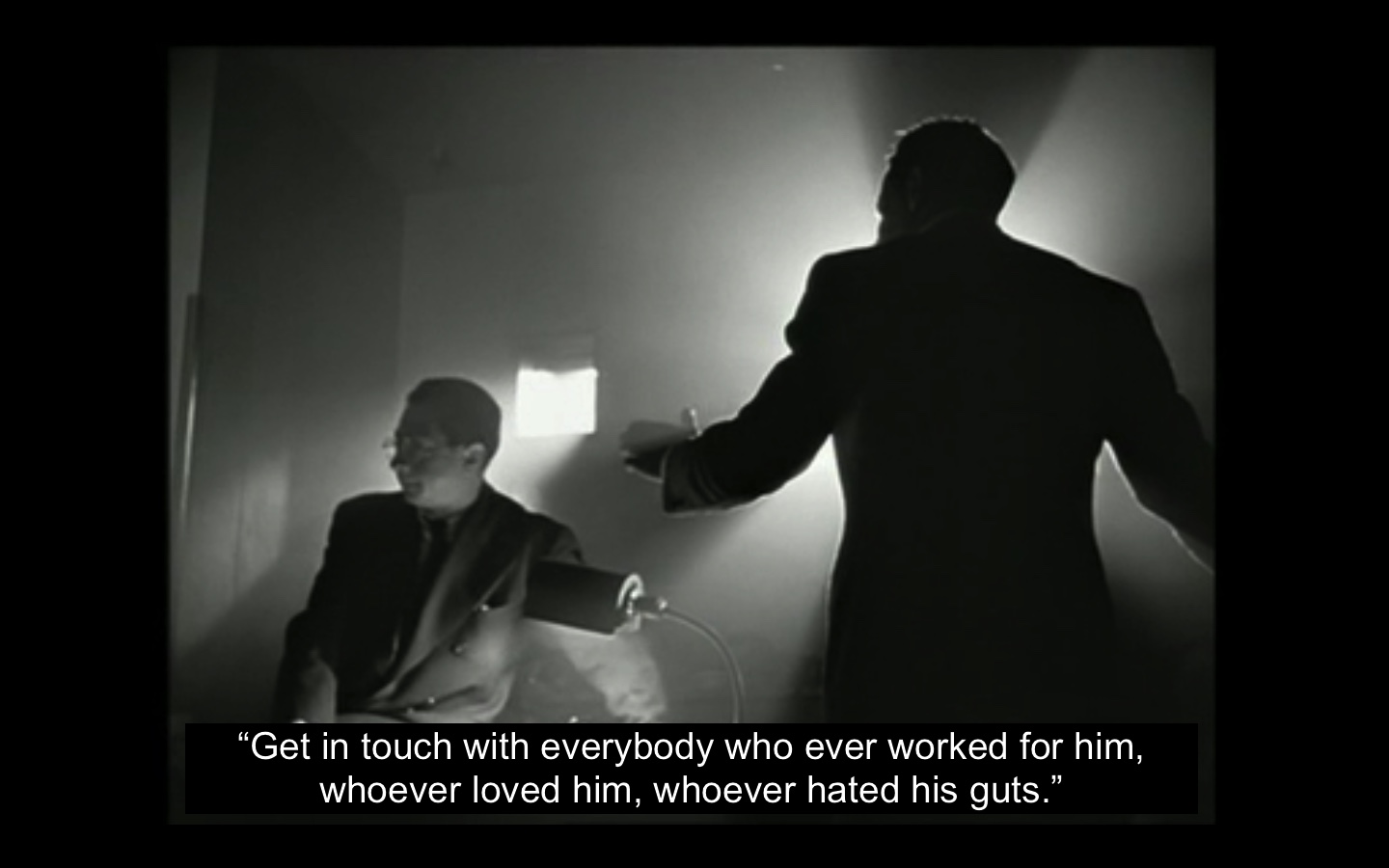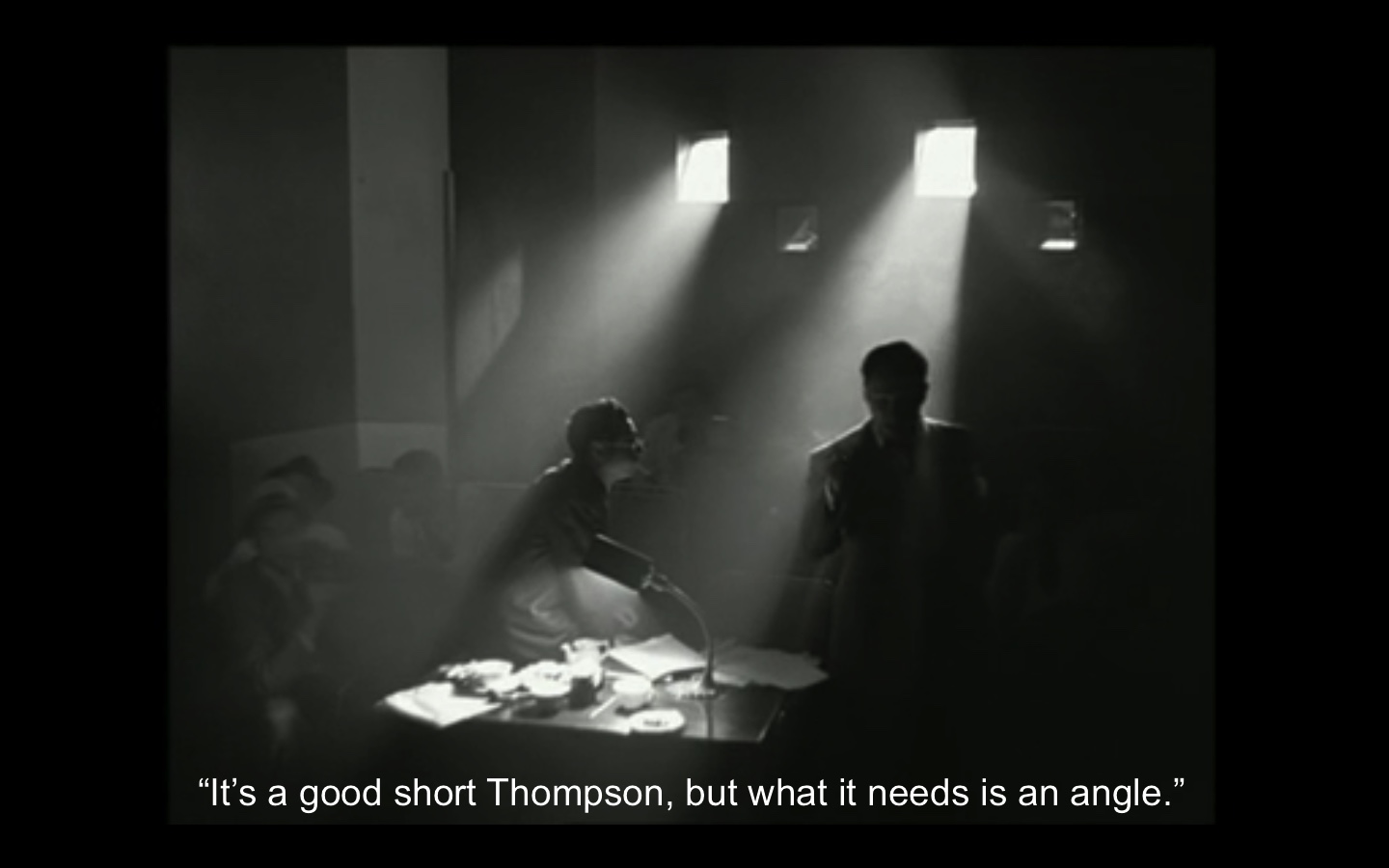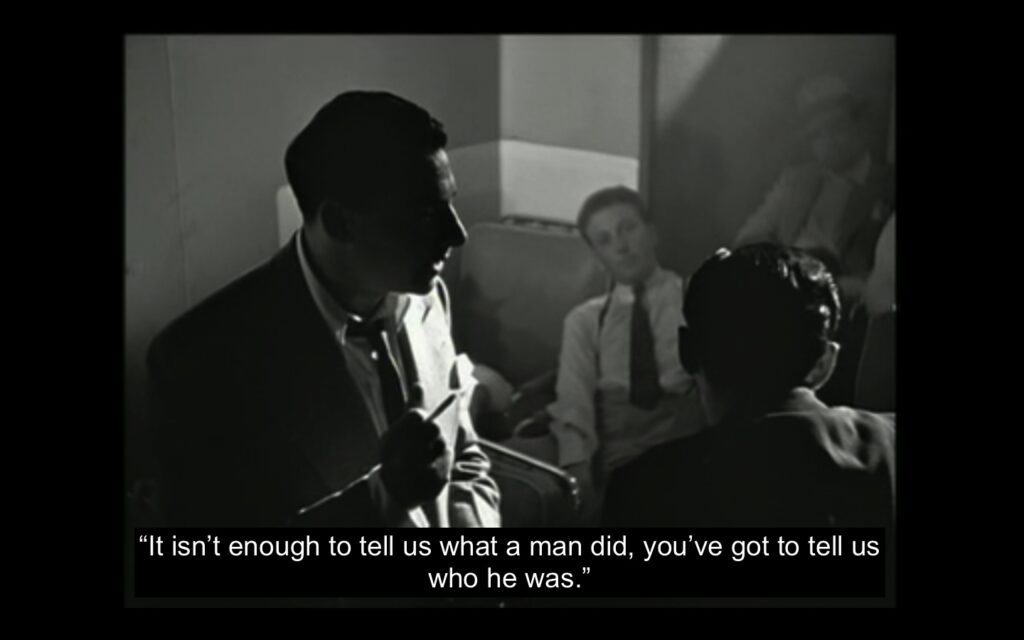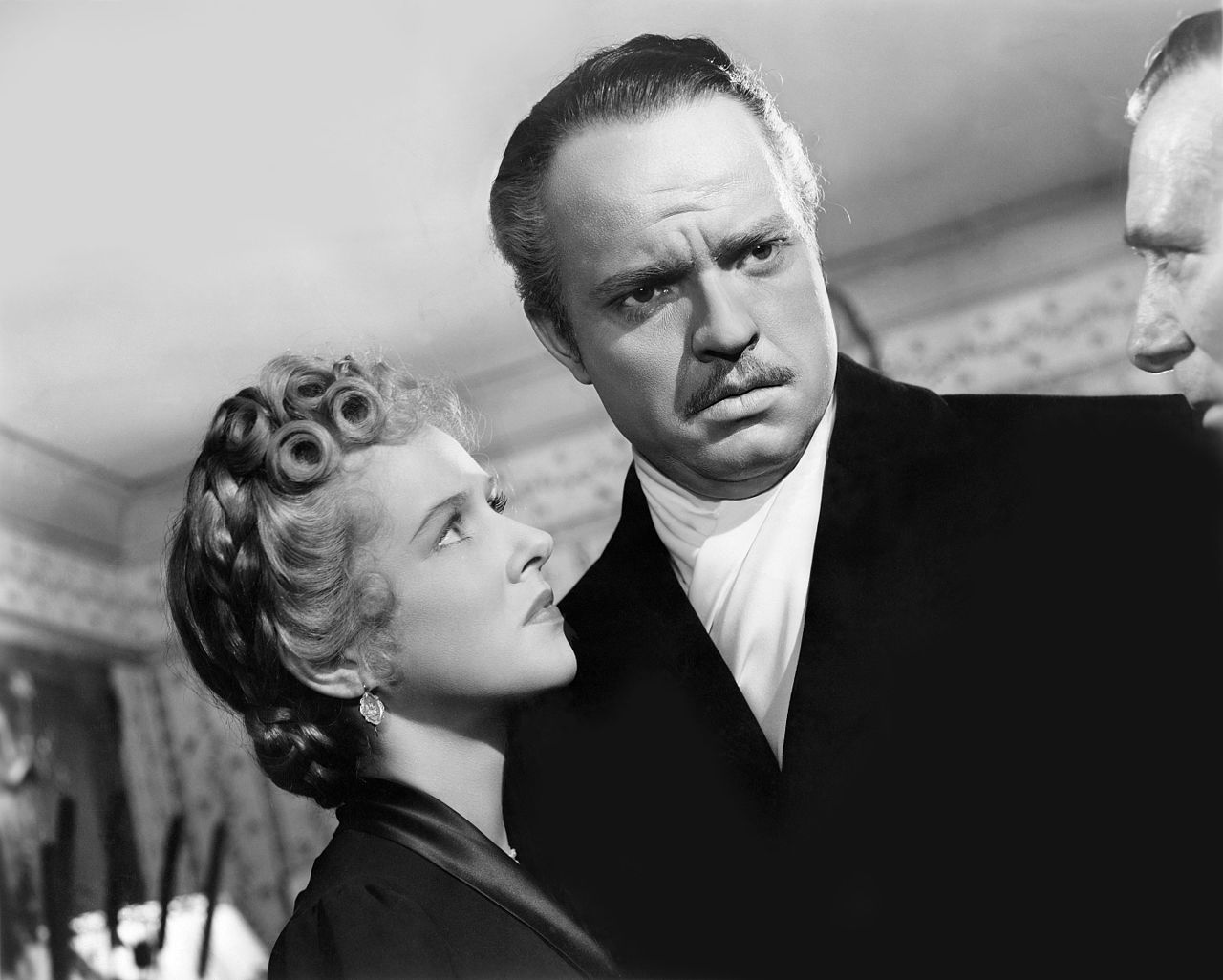
Image: RKO Radio Pictures/ Alexander Kahle
From finding that newsworthy angle to working all hours of the day, Charlotte Rawlings explains why Citizen Kane’s depiction of journalism is still relevant.
Unless they’ve been living under a rock, the odds of meeting a journalist who hasn’t seen, or at least heard of, Citizen Kane are slim. Repeatedly deemed one of the greatest films of all time by critics, the drama celebrates its 80th anniversary this year. David Fincher’s film Mank, which tells the story of Citizen Kane’s screenwriter, was also released December 2020 and boasted 10 nominations at the 2021 Academy Awards. Despite the film being old enough to be classed as high priority for the coronavirus vaccine, we’re still talking about it now.
Directed, produced, co-written, and starred by Orson Welles, who plays newspaper tycoon Charles Foster Kane, journalism is the foundation of its story. When Kane utters the word “Rosebud” on his deathbed, Jerry Thompson (William Alland), a reporter, is asked to investigate what on earth “Rosebud” means. He hopes his research will reveal who Kane truly was and add some colour to the media magnate’s obituary newsreel. Citizen Kane’s black and white depiction of journalism may be nearly a century old, but its relevance is yet to fade. Here are some of the film’s key scenes that prove its timeless portrayal of the industry.
The all-important angle
Images: Orson Welles, Mercury Productions, 1941.
Citizen Kane: A room of reporters are submerged in a cocktail of darkness and cigarette smoke, as they discuss Kane’s obituary newsreel. The producer tells Thompson it needs an angle to stand out from the other media outlets reporting on Kane’s death.
Journalism today: Now, freelance journalism has soared in popularity and anyone can pitch an idea with just the click of a button, but a juicy angle is still vital when it comes to achieving a commission.
Never rely on a single source
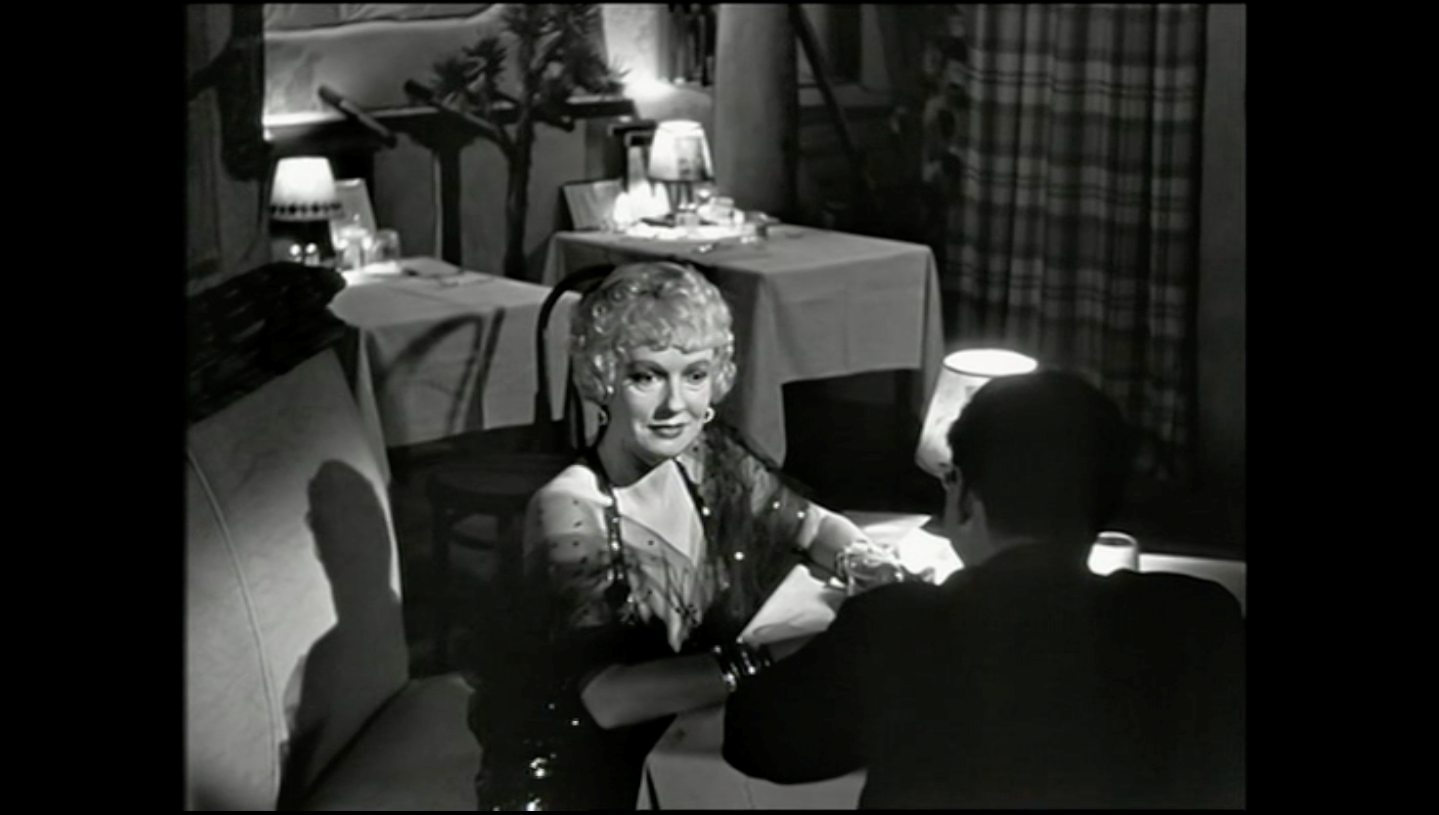
Picture Caption: Citizen Kane: Thompson interviews Kane’s colleague, Jedediah Leland. Image: Orson Welles, Mercury Productions, 1941.
Citizen Kane: The producer goes on to say: “Get in touch with everybody who ever worked for him, whoever loved him, whoever hated his guts.” Journalism is used as a narrative tool throughout, as a picture of Kane’s life is painted through the second-hand accounts of the people who knew him. From Thatcher (George Coulouris), whom Kane clashed with frequently, to his good friend and colleague Bernstein (Everett Sloane), Kane is shown in a negative and positive light depending on the interviewee.
Journalism today: This encapsulates how important it is for a journalist to remain objective as they gather information from a wide array of sources. Eighty years on, the Black Lives Matter protests, the British Royal Family vs Meghan Markle, and the question of who is to blame for the surge in coronavirus cases, are all examples of stories that vary depending on the voice of the publication and the interviewees.
The threat of fake news
Citizen Kane: It’s widely accepted that the character of Charles Foster Kane was loosely based on William Randolph Hearst, a real newspaper publisher. In this scene, Kane says: “You provide the prose poems; I’ll provide the war.” This is his response to a writer who expresses his discomfort in working for Kane, as his newspaper – the New York Daily Inquirer – is lying about a war in Cuba. It’s surmised that this is a direct reference to Hearst’s own words: “You furnish the pictures and I’ll furnish the war.”
Journalism today: From Facebook posts to headlines like ‘Pope endorses Trump as presidential candidate’, it is apparent that fake news is an inescapable issue that continues to marry the worlds of past and present journalism. The term ‘fake news’ was popularised by Donald Trump in 2016, but instead of its definition, which is a way to describe misinformation, Trump used it as a way to discredit news he didn’t like. Trump has also expressed his fascination with Citizen Kane, idolising the main character and almost living his life by the film’s plot.
Yellow journalism in the age of clickbait
Citizen Kane: “If the headline is big enough, it makes the news big enough,” says Kane, as he prioritises “the gossip of housewives” for his front-page, over substantial news. Welles is commenting on yellow journalism – where many newspapers would print ill-researched and sensationalised stories to entice readers.
Journalism today: Social media is likely to be the most notable difference between past and present journalism, as so much is available to consume online these days. Although social media has clear benefits, giving journalists a further reach and easier access to sources, it has also become a hotbed for clickbait and conspiracy theories. Citizen Kane’s criticism of yellow journalism can easily be applied to contemporary sidebars of shame.
Journalism is a 24/7 job
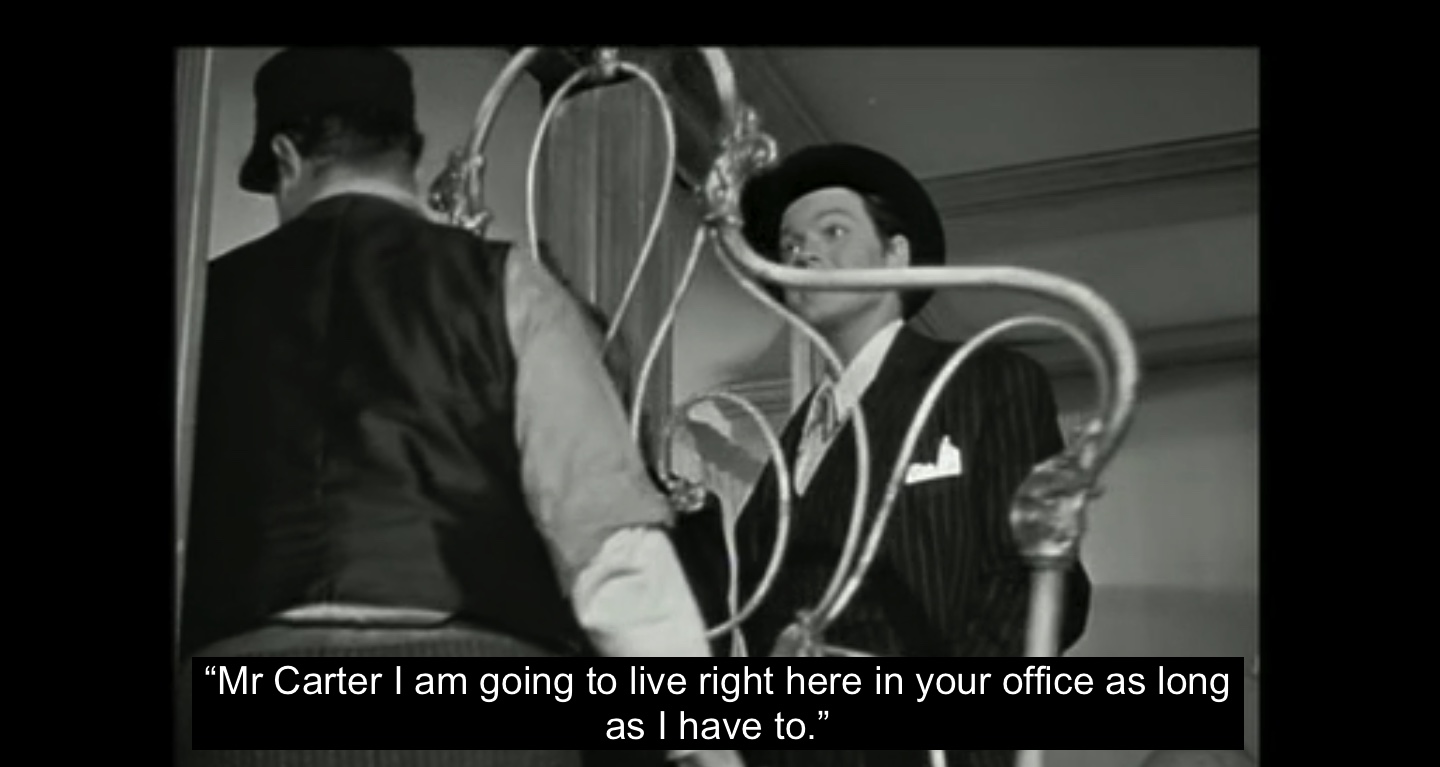
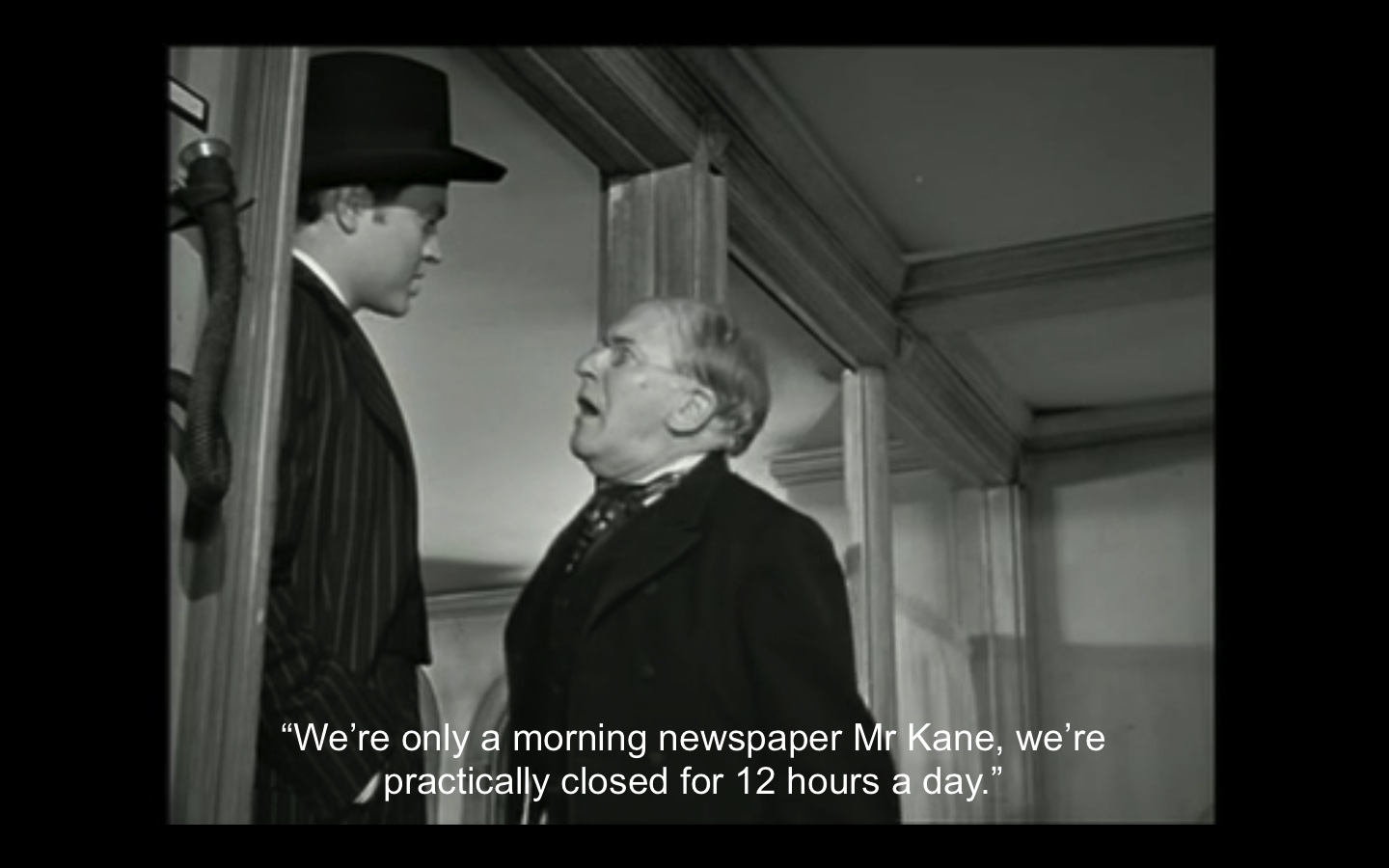
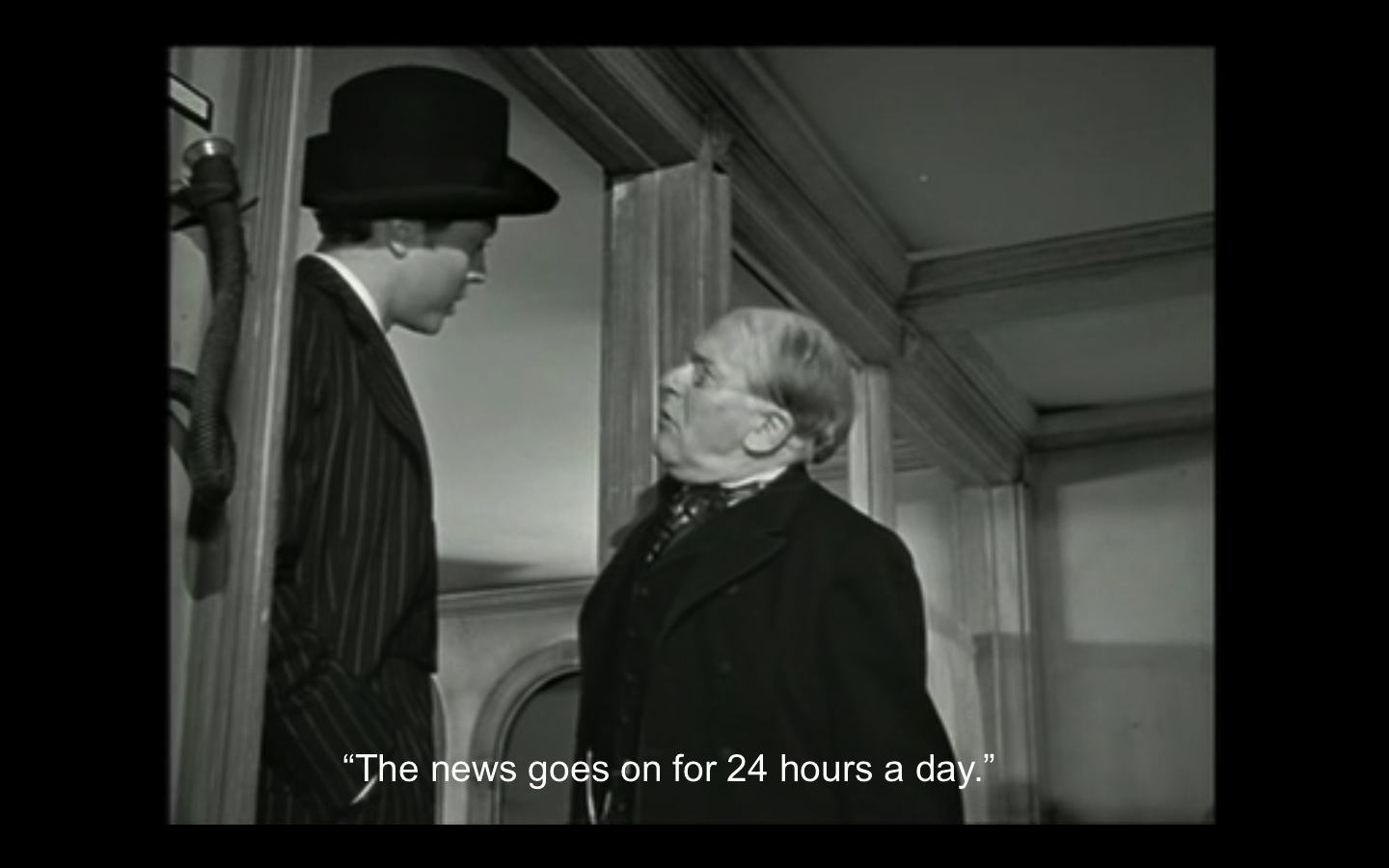 Images: Orson Welles, Mercury Productions, 1941.
Images: Orson Welles, Mercury Productions, 1941.
Citizen Kane: The notion of moving bedroom furniture into the office and suggesting you live there for the foreseeable has lost some of its absurdity in these days of #RiseAndGrind. When Carter (Erskine Sanford) objects to Kane moving into his office by arguing they’re only a morning newspaper and essentially closed 12 hours a day, Kane smugly responds: “The news goes on for 24 hours a day.”
Journalism today: Welles was ahead of the curve here, as this was nearly 40 years before the first 24-hour rolling news channel, CNN, made its debut in 1980. Of course, no one’s asking news reporters to bring their pyjamas, toothbrushes, and slippers along with them to the studio (yet), but Citizen Kane certainly predicted this modern necessity to have limitless access to the news.

